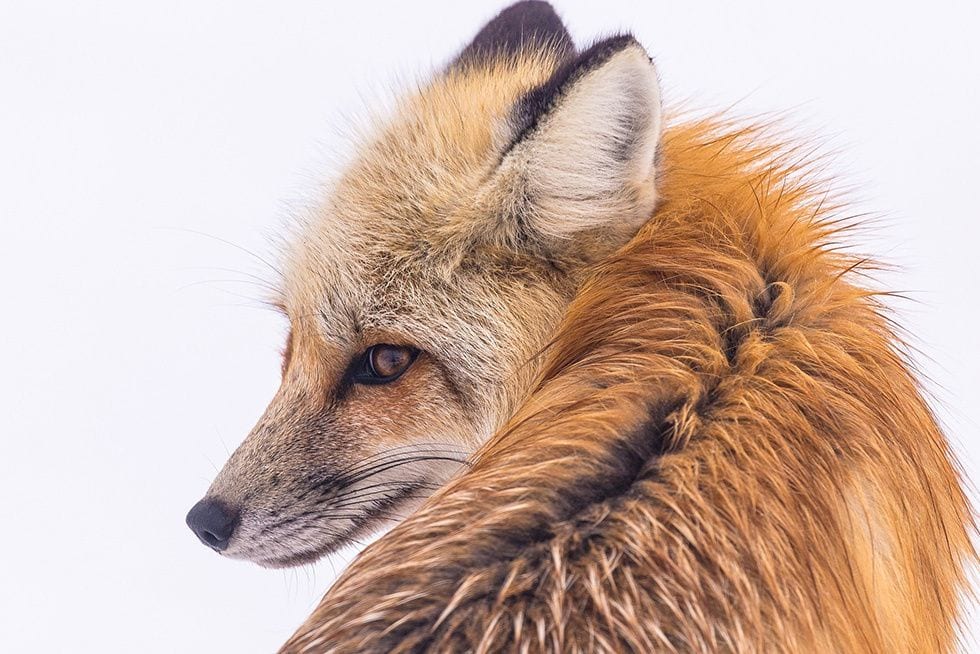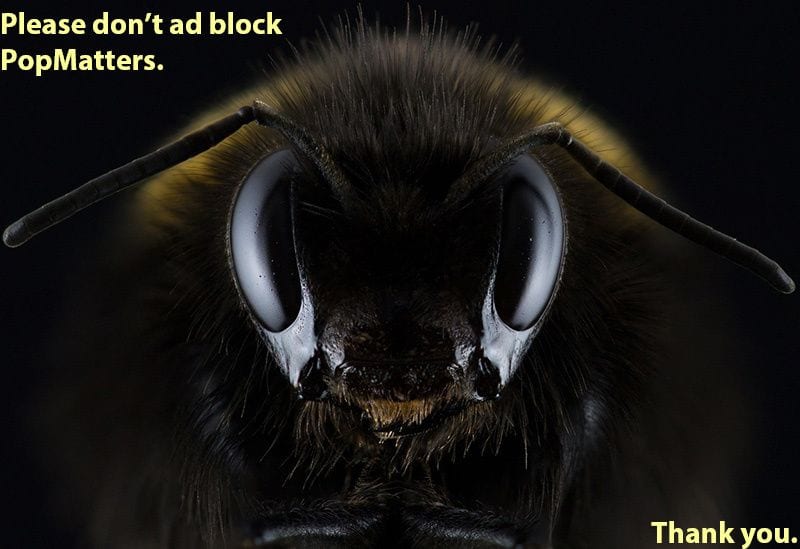Last month, we looked at short stories featuring animals. All of those stories are of the realist genre. However, animals have also featured in fiction through the ages as sentient, if anthropomorphized creatures — from the speaking serpent in the Bible to the wolf in Little Red Riding Hood to the rather risible snake-woman in Bollywood movies. Between those extremes, there are some fascinating stories that go beyond simply portraying animals as thinking and acting beings; they show us who we are as humans in how we respond to animals — both as fictional human beings in such stories and as readers.
In his new book,
Mama’s Last Hug: Animal Emotions and What They Tell Us About Ourselves (W. W. Norton & Company; March 2019), the ethologist Frans de Waal explores this in an evolutionary context. He describes animals becoming depressed, feeling pain, struggling with disappointment, trying to hide or control their fear, being disgusted with unfairness, and more. One of his key points is that rather than worrying about anthropomorphizing animals (as many scientists have been doing for decades), we should be more concerned about “anthropodenial”, wherein we deny that animals are capable of human-like emotions and behaviors. De Waal believes that not only does such human exceptionalism hinder our frank assessment of ourselves as a species but it also prevents us from having realistic, compassionate relationships with other species in our world.
The selected stories this month have a touch or more of surrealism and their writers — Daniel Mallory Ortberg, Sarah Hall, Robert Olen Butler, Beth Goder, and Jackie Kay — also explore the humanity of our species and our relationships with other living species.
“The Frog’s Princess”, by Daniel Mallory Ortberg (Electric Literature)
This story is from Ortberg’s collection The Merry Spinster (Henry Holt, March 2018) which is filled with subversive retellings of popular fairy tales, fables, myths, and folk-tales. By making the familiar unfamiliar again, such storytelling aims to push readers out of our comfort zones with new “what-if” questions. (Read more in this PopMatters review.)
Here, we have the well-known Grimm Brothers’ fairy-tale, The Frog Prince, made more real. There’s still a talking frog and a beautiful princess but the usual plot points of the well and the vow lead to some new twists and an entirely different ending. Notably, Ortberg trains her spotlight onto the princess’ spoilt behaviors and shows how they lead to some specific consequences rather than the typical happy-ever-after. As with the other stories in this collection, Ortberg does some clever gender-swapping here too. (Note: There’s another 2014 retelling by Robert Coover in The New Yorker — also a fun read.)
In an old time, in an old country, there lived a man whose daughters were all beautiful and unlucky. To be beautiful in this place was to be noticed; it was for this reason his daughters were so remarkably unlucky. Here people prayed to be forgotten, and they prayed with their faces to the floor.
“Mrs. Fox”, by Sarah Hall (Toast Magazine)
This story won Hall the 2013 BBC National Short Story Award and is in her collection, Madame Zero (Custom House, 2017.) It’s based on a 1922 novella by David Garnett called Lady into Fox. In Hall’s version, though, the married couple start out with an ordinary married life before the wife turns into a fox. There’s more sensuality, lyricism, and eroticism in Hall’s storytelling. There are several deeper themes here about transformation and love, parenthood, our relationships with the natural world, and more.
Hall is quoted as saying that”I am fascinated by situations in which human beings are challenged and placed outside the usual codes of conduct. How do we act then? Do we become better versions, worse versions, or just different versions, of ourselves?” (The Guardian, 9 Oct 2013)
She turns her head and smiles. There is something wrong with her face. The bones have been re-carved. Her lips are thin and her nose is a dark blade. Teeth small and yellow. The lashes of her hazel eyes have thickened and her brows are drawn together… She has stepped out of her laced boots and is running again on all fours, lower to the earth, sleeker, fleeter.
“Jealous Husband Returns in Form of Parrot”, by Robert Olen Butler (Narrative Magazine)
Published in Tabloid Dreams (Grove Press; 2013), this story, like the others in Butler’s collection, takes its inspiration from a tabloid headline. That said, all the stories are composed entirely independently and ingeniously beyond those headlines. Where other writers might have opted for Kafkaesque scenarios, Butler has created a unique array of perspectives and voices to make for a compelling, must-read collection overall.
This witty take on a dead husband returning to his wife and jealously watching as she takes up with another man is laugh-out-loud in places. In addition to the parrot’s wry observations of his wife and the lover, there are insightful backward glances at the marriage that once existed too. The feat Butler pulls off here is being able to show us how the parrot tries to convey his love for his human wife in the most parrot-like ways, which are both endearing and droll.
I never can quite say as much as I know. I look at other parrots and I wonder if it’s the same for them, if somebody is trapped in each of them, paying some kind of price for living their life in a certain way. For instance, “Hello,” I say, and I’m sitting on a perch in a pet store in Houston and what I’m really thinking is Holy shit. It’s you. And what’s happened is I’m looking at my wife.
“How to Identify an Alien Shark”, by Beth Goder (Fireside Fiction)
What’s delightful about this little story is how it’s structured as a talk being given by a shark scholar at a seminar. Goder is an archivist by profession and processes the papers of economists and scientists. So it must have been fun for her to incorporate that into this work of fiction by giving these sharks “a superior understanding of all economic systems.”
In describing these smart-talking sharks, Goder also delivers a few sly digs about how we humans have messed up our oceans and the life-forms within them. The big question this small work of fiction raises is this: what if other species evolved enough to someday start making demands of us to stop polluting and destroying their natural habitats? Let’s ponder that for a bit.
Ever since the infestation in the Atlantic Ocean last July, world leaders have been scrambling to assess the situation. Despite fear-mongering articles you may have read online, the alien sharks have not eaten anyone. In fact, they appear to spend most of their time criticizing our economic systems and submitting papers to academic journals. Some of them have even been published.
“My Daughter, the Fox”, by Jackie Kay (TeachingEnglish.org.uk)
Sarah Hall’s fox story, above, looks closely at a married couple’s relationship when one of them turns into a fox. Jackie Kay looks at a mother-daughter relationship when the daughter is born a fox. Kay also explores how others look at this mother-daughter pair when one of them is different — not human — and what that means for the identities of mother and daughter and their sense of exclusion or alienation.
There are many notable aspects here and, as they’re used for teaching purposes, there are plenty of analytical resources. Kay’s language choices are worth a close read because of how they reveal the similarities and differences between the human mother and the fox daughter. The paradoxical ending is worth questioning — could it have gone any other way?
I don’t think anybody has ever taught me more about myself than Anya. Once when she growled at the postman, I smacked her wet nose. I felt awful. But five minutes later she jumped right onto my lap and licked my face all over, desperate to be friends again. There’s nothing like forgiveness, it makes you want to weep. I stroked her long, lustrous fur and nuzzled my head against hers and we looked straight into each other’s eyes, knowingly, for the longest time. I knew I wasn’t able to forgive like Anya could. I just couldn’t. I couldn’t move on to the next moment like that. I had to go raking over the past. I couldn’t forgive Anya’s father for denying her, for making promises and breaking them like bones.
* * *
One important thing about all five stories here, beyond how they “humanize” animals with a rich emotional palette, is how they steer clear of stereotypes. For example, the fox has featured in many ancient stories — from The Canterbury Tales to Aesop’s Fables — and the stereotypical portrayal tends to be of a cunning, deceitful animal. So much so that “to fox” has been embedded into everyday language across cultures as a metaphor for “to deceive”. Thankfully, both the fox stories by Hall and Kay avoid that usual stereotype.
Indeed, all these stories eschew the expected and familiar paths to raise fresh, tricky questions about various weighty themes instead. By doing so, they push readers out of our cognitive laziness so that we have to rethink what we know and understand. This is the true power of well-made fiction, is it not?
- best short story collections of 2018
- The Story Prize: Fifteen Years of Great Short Fiction - PopMatters
- Short Stories: Parties - PopMatters
- Chronicling the Non-Event: Anton Chekhov and the Short Story ...
- Short Stories: Characters Inspired by People in Politics - PopMatters
- Short Stories: American Writers of South Asian Origin - PopMatters
- Short Stories: Women in the Workplace - PopMatters
- Short Stories: Refugees - PopMatters
- The 12 Best Short Collections of 2018 - PopMatters
- Short Stories: Women in Translation - PopMatters
- Short Stories: Animals - PopMatters


